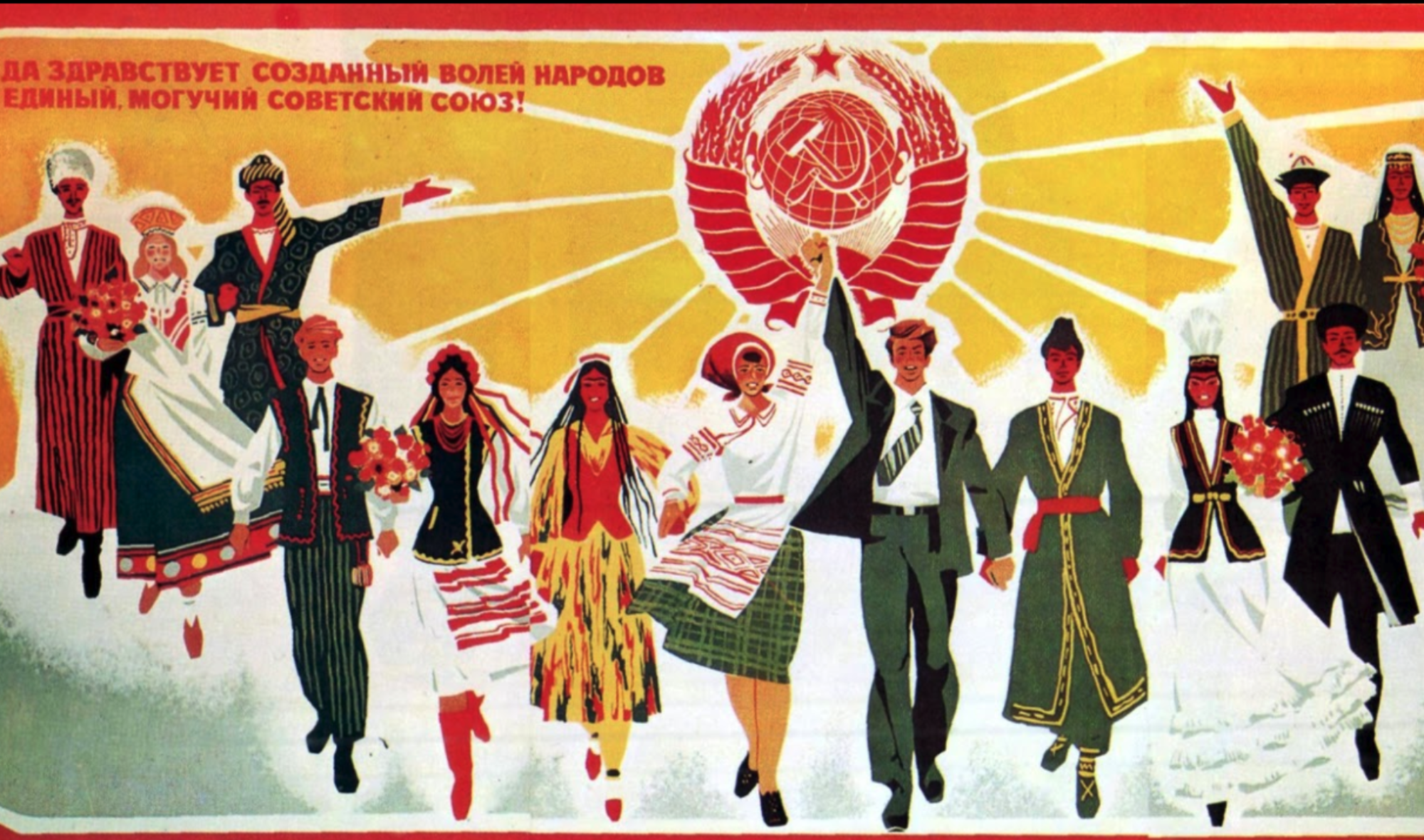Blake Aber
In A Biography of No Place Kate Brown discusses the creation of the Marchlevsk Polish autonomous Region. It is clear from the first chapter that there is quite a quick establishment of education, modern infrastructure, and new rights, such as voting in elections. The place she is describing seems like a utopia with a flourishing society. In which there is truth to that, as these officials were implementing these progressive ideas- and on paper it should be transforming this society one hundred percent. Yet, as with any human experiment there are kinks and growing pains, which is helpful as it can allow the scientists to adjust their permitters to work out the kinks. However, in the case of the Marchlevsk Polish autonomous Region the data being collected by the Soviet officials did not tell the true story of what was going on in this society. They were reporting that things were always going up. Thus, causing this flourishing society to only survive on paper. Brown writes, “And that is the problem: this Marchlevsk of charts and numbers is a fictional representation sketched out in tabulated columns. The men and women who made the charts helped draft Polish Marchlevsk into existence” (23). And similarly to the census of 1926, Soviet officials were fudging numbers when it came to the nationalities of peoples living in certain areas. Which brings me to the questions I had. If a new society was at stake, why create false data? If the numbers were faked in order to “soothe” the public, does that not make the Soviets any better than an imperialist empire who uses deceit to gain support and legitimacy? Even once Brown goes to Zhytomyr and goes through the archives, her sources are limited. Why in the Soviet Union is there a tendency to create data or loose information, when their society was a revolutionary social, political, and cultural experiment?


I agree, Blake, there does seem to be a culture of creating misrepresentations of numbers, exemplified in the censuses produced by the Soviet Union and in Marchlevsk. I believe this is done to push forward positive influence onto those reading the false statistics, persuading them to form a preferable outlook on the Soviet agenda. In this situation in particular, as we discussed in class, the census process was once again a failure and caused more problems than solving them. Your question on how this data disappears is also interesting. In my opinion, I feel it is simply the Soviet Union brushing yet another mistake under the rug.